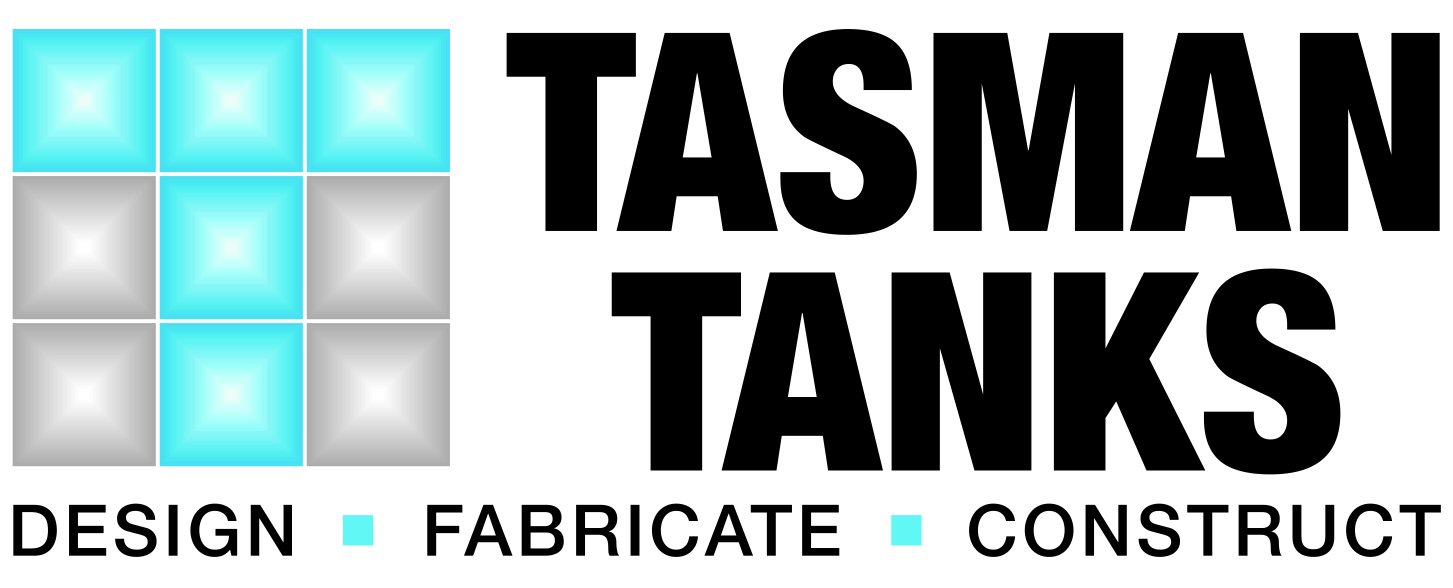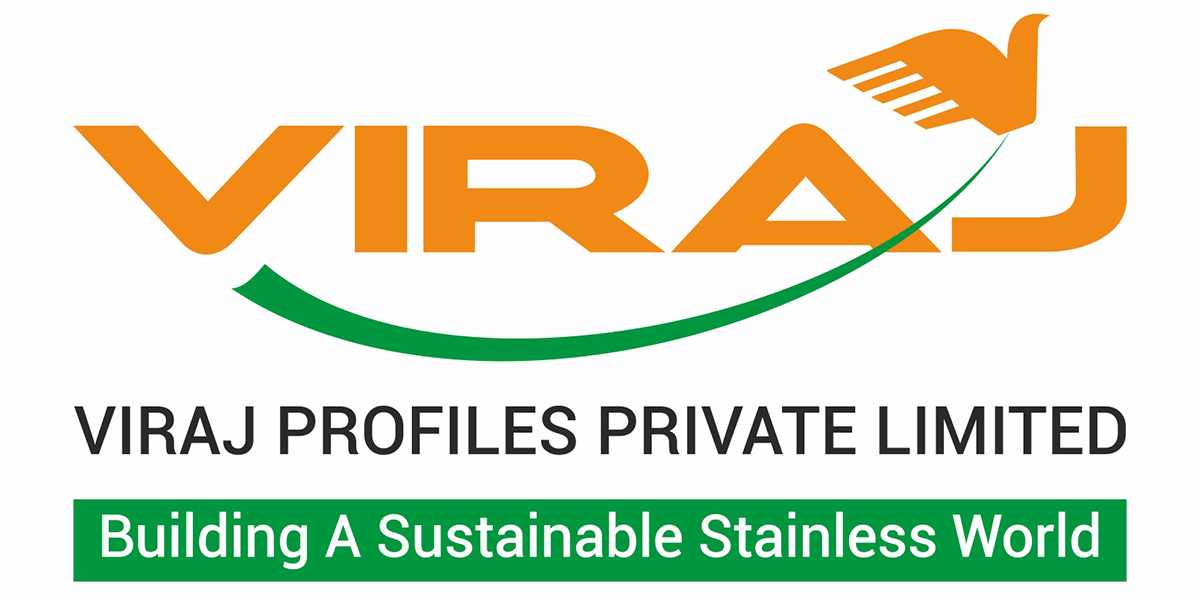
Posted 1 July 2007
Choosing the correct grade of stainless steel for a tank, pipe or process vessel requires (at the very least) information about the temperature, pH and chemical composition of the contents. One of the most important items of the chemical composition is how much chloride (salt) is present. Analysis reports often give the concentration as milligrams per litre (mg/L) or sometimes as parts per million (ppm) of Cl. However, Cl is also the symbol used for the element chlorine.
So what is the difference?
Chlorine is a poisonous, yellowish green gas which readily dissolves in water to give a strong disinfectant or bleach. The strength of a bleach solution is sometimes measured by the “available chlorine”. Swimming pools are usually treated with dilute hypochlorite solutions which produce a few parts per million (ppm) of chlorine. This acts as a strong, oxidising biocide. Drinking water is normally treated to give a residual of 0.2 to 0.5 mg/L of chlorine. (There are also other disinfection methods such as chloramine or ozone.)
Chlorine is very aggressive to stainless steels. The Nickel Institute guidelines for continuous exposure at ambient temperatures (~20˚C) and neutral pH (~ pH7), are that 304 can cope with 2ppm chlorine and 316 ~5ppm chlorine. In alkaline solutions (pH>7) higher concentrations are possible but this does not help much in swimming pools or drinking water. Chlorine frequently causes corrosion problems. Chlorine attack can occur with bleach laden washdown water if pools form in drains which are usually empty. Chlorine concentrations in droplets or water films immediately above a still pool or water tank can be higher than the chlorine level in the bulk water. When dosing concentrated chlorine into pipes or tanks, it must be well mixed otherwise concentrated streams will eat out downstream elbows or tank walls near the chlorine inlet.
Much higher concentrations can be used for short periods as the attack on the stainless steel must initiate and form a stable pit for failure to occur. The American Water and Wastewater Association permits 25ppm for 24 hours in cases of emergency disinfection. The food industry can use up to 100ppm in hot water for minutes followed by rinsing and/or passivation. It is an effective biocide because the kill rate depends on (exposure time) * (concentration of biocide) but the stainless steel is resistant to the chlorine for the relatively short, high concentration exposure.
And what about chlorides?
Chloride occurs naturally in drinking water and ranges from less than 10mg/L in Melbourne to more than 200mg/L in Adelaide. Chloride is not oxidizing and is not a biocide. The most common form is sodium chloride. Seawater is about 3% sodium chloride although there are other compounds. Nickel Institute guidelines for continuous exposure at neutral pH and ambient temperatures permit chloride levels of 200ppm for 304, 1000ppm for 316 and 3600 ppm for 2205 duplex. The guidelines allow for the presence of crevices (such as bolt heads, flanges or deposits) but assume that the surface has been passivated. In alkaline environments (pH>7) higher chloride levels can be tolerated. Higher temperatures reduce the permissible chloride level. Temperatures over 60˚C are not recommended for 304 or 316 as they are at risk of sudden failure from chloride stress corrosion cracking.
The message
Chlorine and chloride are different forms of the same element but with vastly different effects on stainless steel. Chlorine is bleach and stainless steels can only tolerate exposure to a few ppm continuously. Chloride is part of the salt in natural waters and even 304 can cope with a few hundred ppm at ambient temperatures and pH~7.
This article appeared in Australian Stainless Issue 40














